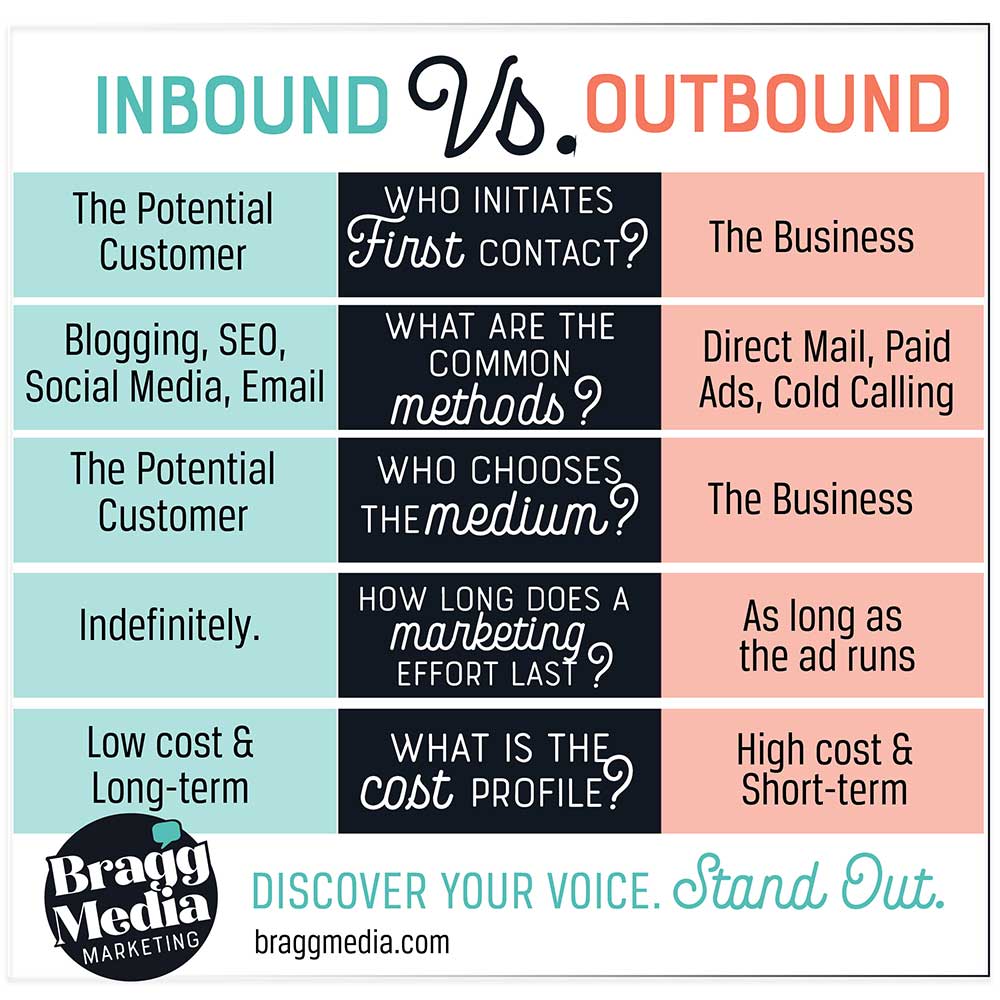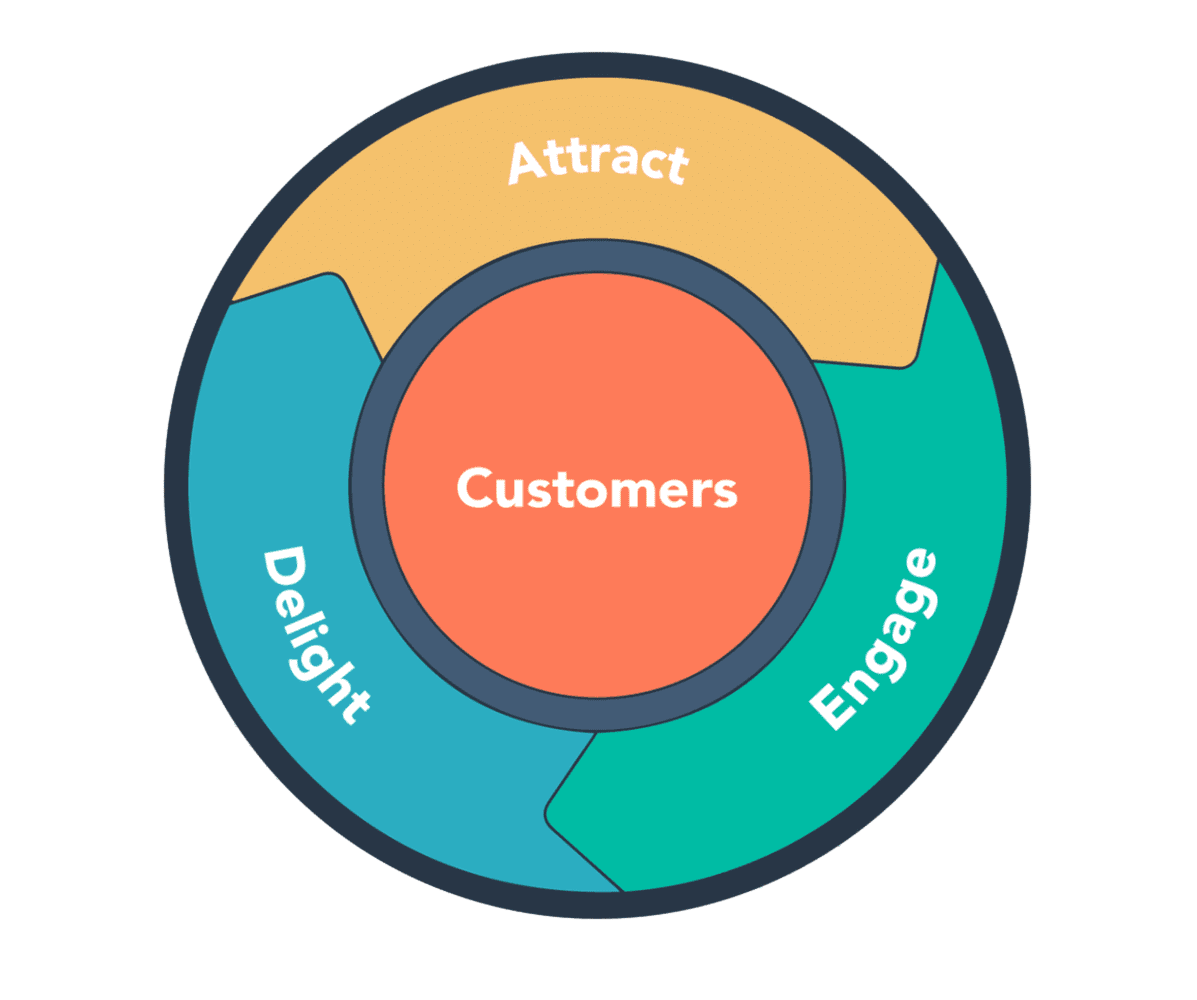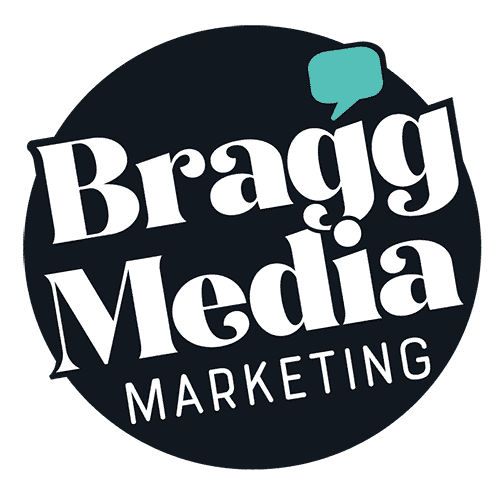What is inbound marketing?
Inbound marketing is about creating value for your target audience and translating that into followers, leads, customers and promoters. We use helpful content to encourage prospects to fill out an online form, subscribe to your email list, follow your blog and engage with your social media. From there, we provide value through content — which builds a relationship, establishes credibility and creates authority. Eventually, this inbound content strategy will convert prospects into actual customers.
Inbound has roots in relationship and permission marketing in which the focus is on building relationships with customers through value. This evolved into inbound marketing, a trust-building strategy built around these important relationships (through lead generation). Inbound marketing cultivates relationships through various tactics, channels, and long-term plans.

Understand the Buyer’s Journey
To execute inbound marketing methodology, it’s important to understand all of the stages of the buy cycle.
Attract
Everything starts with attracting your target audience with:
- Blogging
- Content marketing
- Search engine optimization (SEO)
- Social media marketing
- Email marketing
This cannot be accomplished without thoroughly researching what challenges your audience is facing and how this translates to search terms. What type of content is your audience looking for?
Convert
Lead generation is far easier when visitors have come across your content and received value from it. But that doesn’t mean that visitors will naturally submit their contact information.
The inbound marketing imperative is a value-driven call to action — which offers a free report, more helpful content, educational videos, webinar registrations or downloadable PDFs — that can be found on website landing pages, popups or other areas of your website.
Close
At the end of the day, the goal is to convert targeted leads into customers. Through the process of educating prospects, providing value, and continuous engagement, you’ll be able: The obvious goal is for targeted leads to become customers. Through the process of educating prospects, providing value, and continuous engagement, you’ll be able:
- to build a relationship of trust
- to establish credibility
- to create authority
Delight
The inbound philosophy is all about adding value for the potential client — even when they decide to hire a different marketing agency. As the expert in your industry, providing outstanding content, free gifts and helpful updates solidifies your expert status. This increases the likelihood of generating leads to sales and to build a brand that has staying power. Multiple channels (email, social media, blogs) are used to follow up with potential customers and, in many cases, your new followers can be leveraged to promote your business.

Many sales and marketing professionals talk about the buyer’s journey — attract, convert, close, delight. While it’s important to understand each stage of the buyer’s journey, the sales funnel process has a new model — the flywheel. Traditional sales funnels focus on putting their customer through the business’ process. The flywheel method recommends developing a process around your customer.
When the flywheel is moving, your business is profitable. When it stops moving or slows, it means that something has hindered the customer process — a slow e-commerce website, lack of follow-up or the inability to answer sales questions.
When businesses are successful at applying this model to their business, there is a positive customer experience — including sales, marketing and customer service.
How to apply Inbound Marketing
To attract targeted prospects and convert them to qualified leads, we research what kind of information people are searching for. We follow that up by looking for content topics that are popular in competing and related websites. Based on this information, we create content that is relevant and valuable to your audience’s needs and desires.
Why your next website should be an inbound website
How to leverage content marketing:
Consistent, helpful blog articles
Cross link blogs with other websites
Create helpful videos for YouTube, Vimeo or InstagramTV
Targeted e-mail marketing
Search Engine Optimization
Share interesting content on social media
Eye-catching, high-quality visuals
Once people come across your content, they’ll be presented with an opportunity for even more helpful information they need. This can be done with a link back to your landing page or an opportunity to download a free report when they’re already on your website.
Leads are sent through a nurturing follow-up campaign. They’ll continue to receive great information and will eventually receive an offer to make a purchase. By using an advanced marketing automation platform, we follow up with content and offers based on the actions that prospects have taken (content read, links clicked, channels used, products browsed, etc.).
Inbound Marketing vs.
Outbound Marketing
Inbound marketing is about attracting and winning prospects over by presenting and adding value.Outbound marketing is about pushing a marketing message focused on generating the sale. Traditional outbound marketing channels usually include offline advertising, online display ads, pay per click campaigns, and sponsored social media campaigns. Inbound channels typically include SEO, social media, email marketing, and blogs.
Inbound is pull marketing designed to attract while outbound is push marketing designed to sell. With inbound marketing, your audience comes to you with quality content that has a long shelf life. With outbound marketing, you blast out messages to your audience for short-term gains.
It’s important to note that inbound can use paid ads as part of an overall marketing strategy that is well thought out and measured. Basically, inbound and outbound marketing strategies share the same goal but each one has a different way of getting there.
Inbound Marketing by the Numbers
- Compared to outbound strategies, leads generated from inbound strategy are acquired at a 61 percent lower cost
- Conversion rates are twice as higher for inbound marketers compared to outbound marketers
- Many marketers now prefer inbound because they say that they’re seeing a higher ROI than their outbound strategies
- Inbound leverages existing audiences for further growth. This means that generating more leads, followers and customers become easier later on down the line
- 80 percent of B2B buyers prefer finding businesses through content and the average consumer spends 53 percent of the buying cycle in search engines
You Might Find these Articles Helpful
30 Instagram Ideas for Real Estate Agents
Have you noticed a lack of followers or engagement on your real estate Instagram account? It’s probably due to the type of content you’re posting. Your audience uses Instagram to be entertained or to be informed. If you’re posting mainly testimonials, you’re missing...
Marketing Psychology: 9 Ways to Better Understand Your Customers
When marketing is deployed without a sound understanding of your target audience's buying triggers, it can cost time and money. A lot of what makes people buy a particular product or service is rooted in human evolution. Fight or flight and other self-preservation...
11 Ways to Enhance Competitive Research
A well-balanced marketing plan focuses on areas that affect short- and long-term. Competitive research and analysis is important for long-term success because it reveals areas of improvement and opportunities. Competitive research can spot weaknesses within your...
Five brands with inbound marketing that works
Among its many benefits, inbound marketing is known to generate leads in a cost-effective manner, establish brand authority and increase exposure. Not sure what inbound marketing is? The best way to learn is to examine how others use inbound marketing. Here are five...
Can your business survive without marketing?
Before social media, email and SEO, businesses relied heavily on word-of-mouth to attract new customers. In today's internet-savvy landscape, it’s not as easy to capture and hold attention while competing with others in your industry. Business owners who built their...
Are you ready to outsource your marketing?
When many business owners are faced with cutting costs, marketing is typically and mistakenly the first expense to get the proverbial ax. If marketing is valuable, then it should always produce new customers (read: revenue), right? That’s not the case if marketing...








